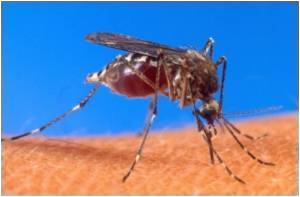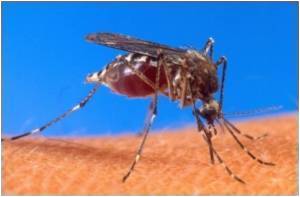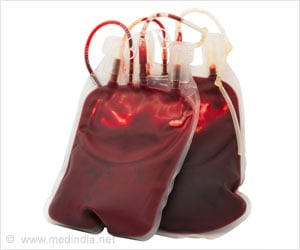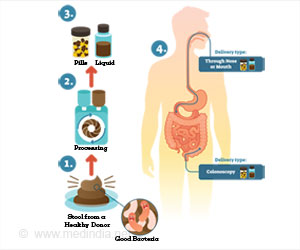In a new malaria research, scientists have identified odor molecules that confuse blood-thirsty mosquitoes.

They could be invaluable in poor tropical countries, providing an alternative to DEET, a skin repellent that is expensive, needs repeat applications and is showing worrying signs of resistance.
"These chemicals offer powerful advantages as potential tools for reducing mosquito-human contact and can lead to the development of new generations of insect repellents and lures," said Anandasankar Ray, an assistant professor of entomology at the University of California at Riverside, who led the study.
Traps for mosquitoes already exist, in the form of dry ice, gas cylinders of carbon dioxide or propane combustion.
But these gadgets are too bulky and far too expensive to be used for mosquito control, especially in poor settings.
Future mosquito traps, Ray predicted, could be "highly portable, convenient and easily replenishable."
Advertisement
About 90 percent of malaria deaths each year occur in Africa and 92 percent of those are children aged under five.
Advertisement
Building on research on fruitflies, a common laboratory tool, Ray's team looked at three of mosquito species whose females are disease vectors: Anopheles gambiae, Aedes aegypti and Culex quinquefasciatus.
The odour molecules that they identified disrupt receptor cells for carbon dioxide located in tiny, antennae-like appendages close to the mosquito's mouth.
These receptors are activated by a whiff of carbon dioxide, triggering a signal in the brain that prompts the insect to fly upwind, following the puffs of CO2 until they reach its source. Mosquito also use heat sensors and sight to home in on their meal.
The findings have been tested in a small-scale experiment in Kenya, using huts where alluring plumes of CO2 were released to attract mosquitoes and odour molecules were released to bamboozle them.
Mark Stopfer, a specialist at the US National Institutes of Health (NIH), said the results opened up "a promising line of defence."
He added some words of caution, saying that mosquitoes were attracted to other odours in human sweat and skin. In addition, the chemicals that have been tested on insects so far have not yet been tested for safety on humans, he noted.
Source-AFP









